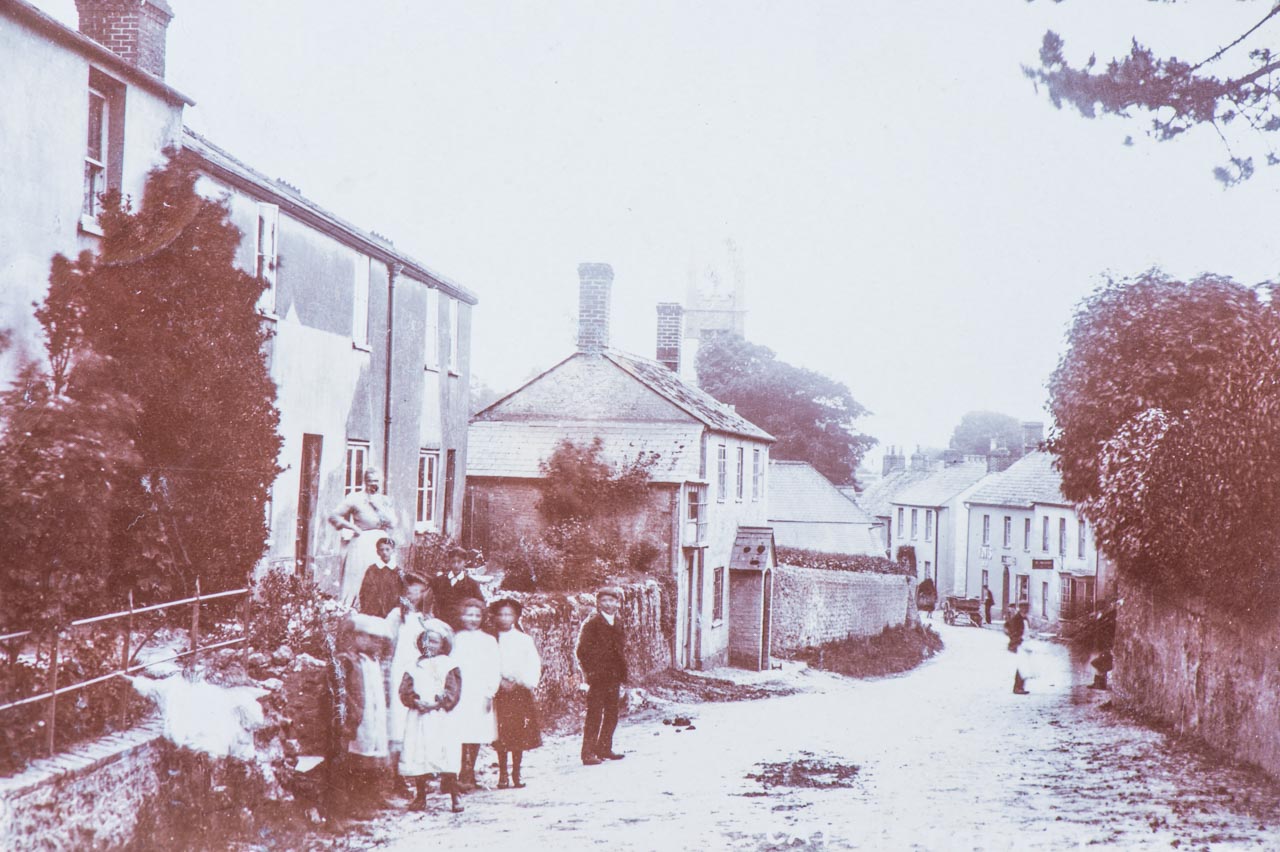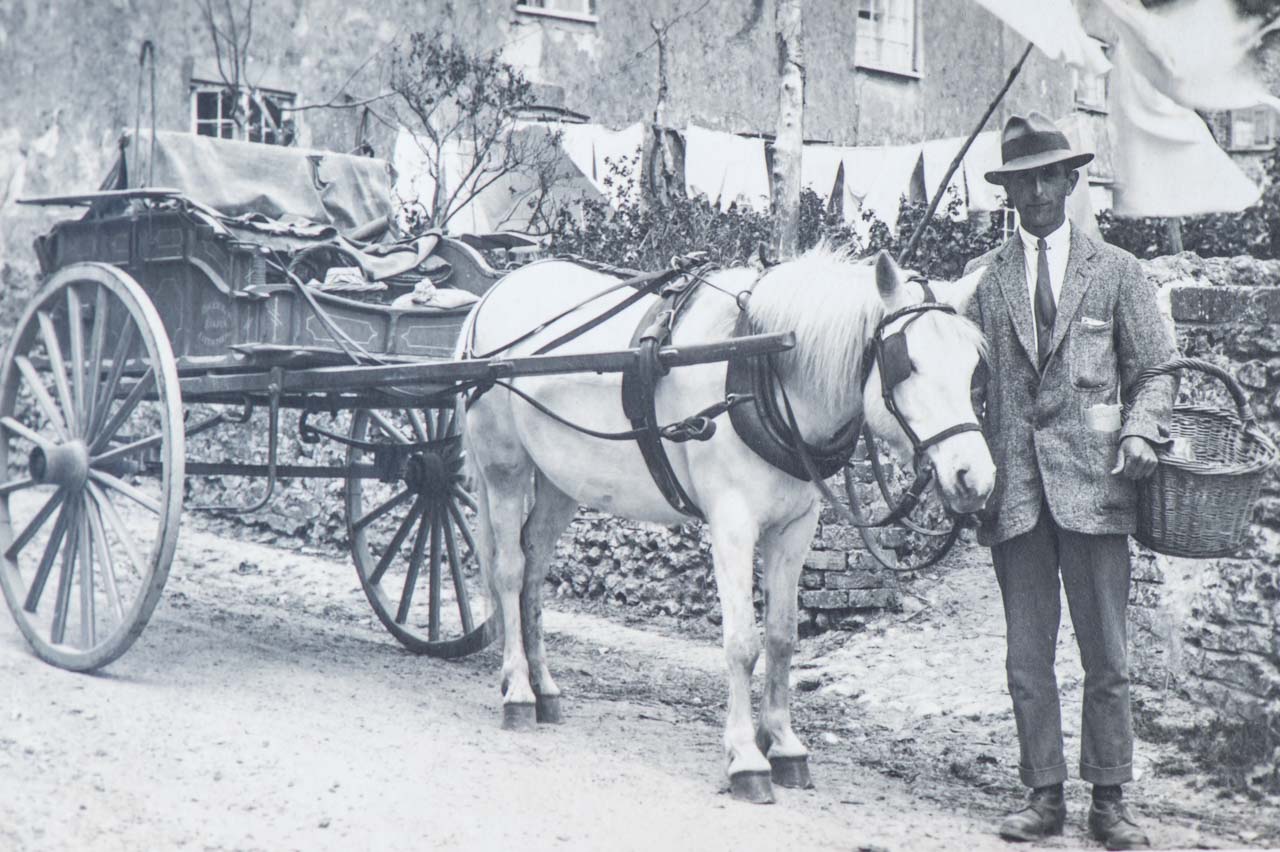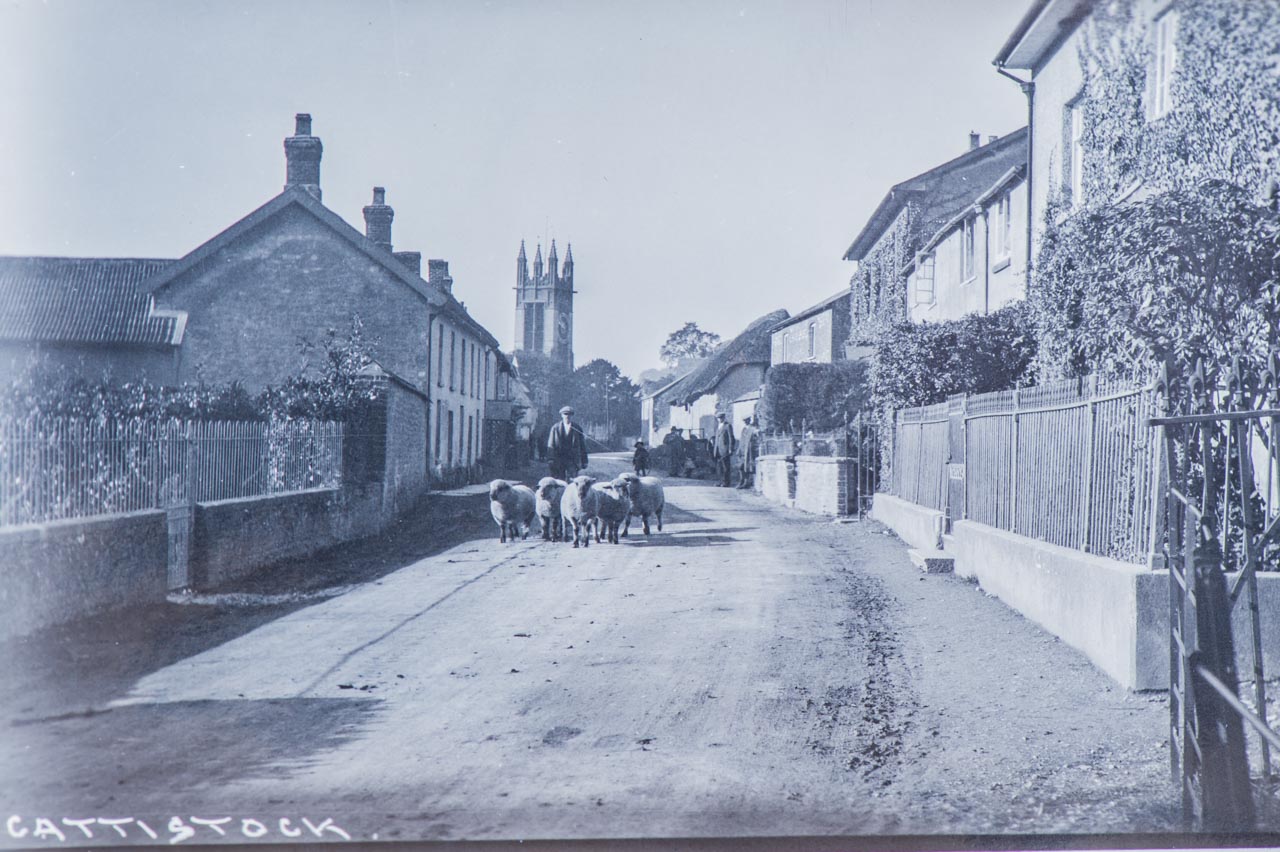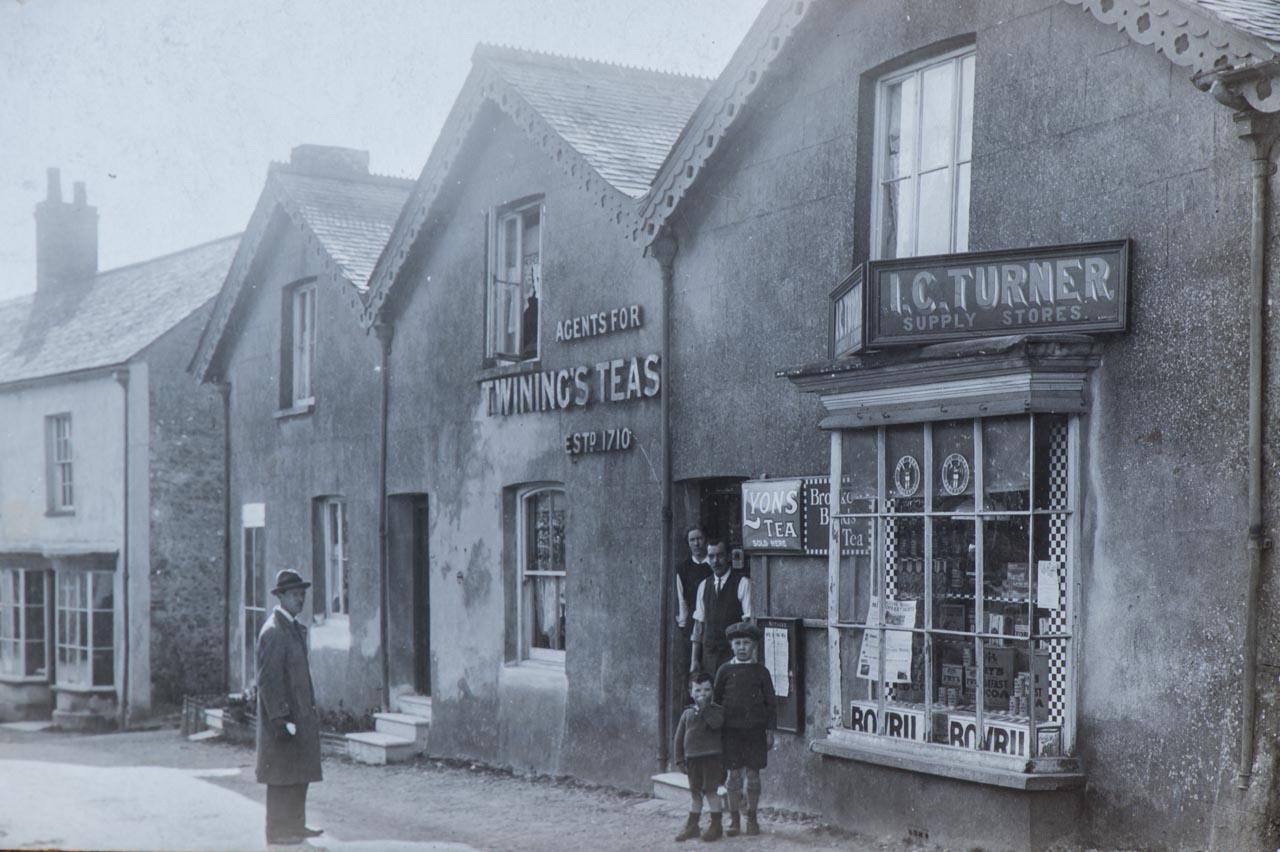History of Cattistock
For those visitors to this page who are interested in further pursuing Cattistock’s rich history, more information can be found at the Dorset History centre and the National Archives.
The links to the Cattistock section of these two sources is as follows:
The Dorset History Centre
https://archive-catalogue.dorsetcouncil.gov.uk/search/all:records/0_50/all/score_desc/cattistock
Cattistock is a very popular Dorset village, attractive to visitors and holidaymakers alike, many of whom return regularly every year to enjoy the location, the friendliness of the people who live here, plus the many attractions and activities that take place in the village.
We have the St Peter & St Paul church, with its famous William Morris window, the ever popular Fox & Hounds pub, a well stocked village store and Post Office, as well as a superbly fitted out Savill Hall that provides a venue for so many activities and occasions. And all this is surrounded by some of the most beautiful countryside in Britain.
The Cattistock we see today came into being hundreds of years ago, in the 10th century. The first mention of the village is of an early settlement, named Cattestoke, being given to the Abbey of Milton by King Athelstan around AD933 and from there the first church was erected, probably in the 11th or 12th century. The village would have evolved as a typical early rural community, where most people lived a frugal, subsistence based existence growing what they could, working mainly on the land, as Domestic staff, or sometimes learning a trade. Incomes at the time were often only sufficient to house and feed their families.
An independent England was also newly formed around this time, but it was still immersed in conflict within its borders and with its nearby neighbours both here and across the channel. Life in those early days of our village would have been very difficult, with limited diet, long hours of work and poor health contributing to a short life span for the average villager.
Moving on to around a hundred years ago the population of Cattistock had grown to very similar numbers to what we have today, namely around 500 people. But compared with today’s 500 people the difference in sources of employment and income reflects the rapid social changes that have affected many rural communities such as Cattistock over the past century, namely: the mechanisation of agriculture, the increased import of cheaper foods, improved education and career opportunities, improved health care, industrialisation of major industries, better transport, better paid city employment, communication technology, rural location house prices, higher pensions and longer life spans.
Due to the lack of transport communities were more self-sufficient than they are now. At this time Cattistock had a School, three Bakers, Blacksmiths, three Grocers, a Post Office, two Clothes shops, a Stonemason, three Builders, two Tailors, a Butcher, a Sweet shop, three boot and shoemakers, two Dressmakers, Carpenters, Millers, two Public Houses including the Three Horshoes at Sandhills, an Undertaker and several Farmers.
To provide a comparison with the village we know today we can first look at the 1901 census of Cattistock village, which includes the following occupations:
Governess, Domestic maids, Parlourmaids, Cooks, Nurse, Retired Colonel, Farmers, Domestic servants, Coachman, Carters, Grooms, Charwoman, Gardeners, Laundress, Agricultural labourers, Licensed Hawker, Blacksmiths, Schoolmaster, Housewife/Mother, Carpenters, Innkeepers, Coal merchants, Shop assistants, Tailors, Woodsman, Traction engine assistants, Needle worker, Shepherd, Bakers, Millers, Dressmakers, Shoemaker, Kennelman, Telegraph messenger, Gamekeeper, Wheelwright, Decorator, Railway workers and Hurdle maker.
This spread of occupations probably typifies most rural communities in the UK that resembles Cattistock’s size and general location. But comparing the occupational groups a hundred years ago, to what they looked like in 2000, the effect of the social changes referred to above have had the following significant effect:
Retirees in the village increased from 5 in 1901, to 86 in 2000
Full time Housewives reduced from 53 to 21
People working in the Environment or Agriculture reduced from 47 to 23
Retail & Services reduced from 24 to 9
Domestic workers reduced from 24 to 4
Teaching and Education increased from 5 to 15
Health & Social care workers increased from 4 to 18
In addition, new occupations are now seen throughout the village that were not seen in 1901, such as Creative Arts and Design, Accountancy and Finance, Law, Information Technology and Leisure, Sport and Tourism. Some of these are entirely new occupations that did not exist a hundred years ago, but communication technology and transport has made it possible to live in a beautiful village like Cattistock, whilst commuting one or two hours to work, or being employed in an occupation that can be managed from home.
This is just an introductory taster to the rich history of Cattistock. Speaking to some of the people who have lived all their lives in Cattistock unearths all the personal stories that are part of the bare statistics shown above.
It is possible to read more about Cattistock and its community by reading two very interesting books:
Cattistock – A Dorset village. Written by Marie Langford, who lived all her life from 1916 to 2006 in Cattistock, the book provides a very personal and enlightening insight to everyday life in Cattistock.
It is on sale in the village store at £3.00 a copy.
The Frome Valley Chronicles. Written by the villagers of the Frome Valley, this book has photographs and chapters describing many aspects of life and buildings as they were in the past.
Published in 2000, copies do still occasionally surface and are well worth looking out for.
Finally, there is the question: why the Cornflower as a logo? The explanation starts by understanding that True Blue was the original name of the Cattistock Hunt. In 1940 the Destroyer HMS CATTISTOCK first displayed a badge designed for the Royal Navy, which included a white inner area and a Cornflower to represent the original True Blue. The same badge design is still used on today’s HMS CATTISTOCK and so a connection and reason has been found to use a beautiful Cornflower as the Cattistock website logo.
If you would like more information about a specific aspect of this social history, please contact Peter Farmer.










